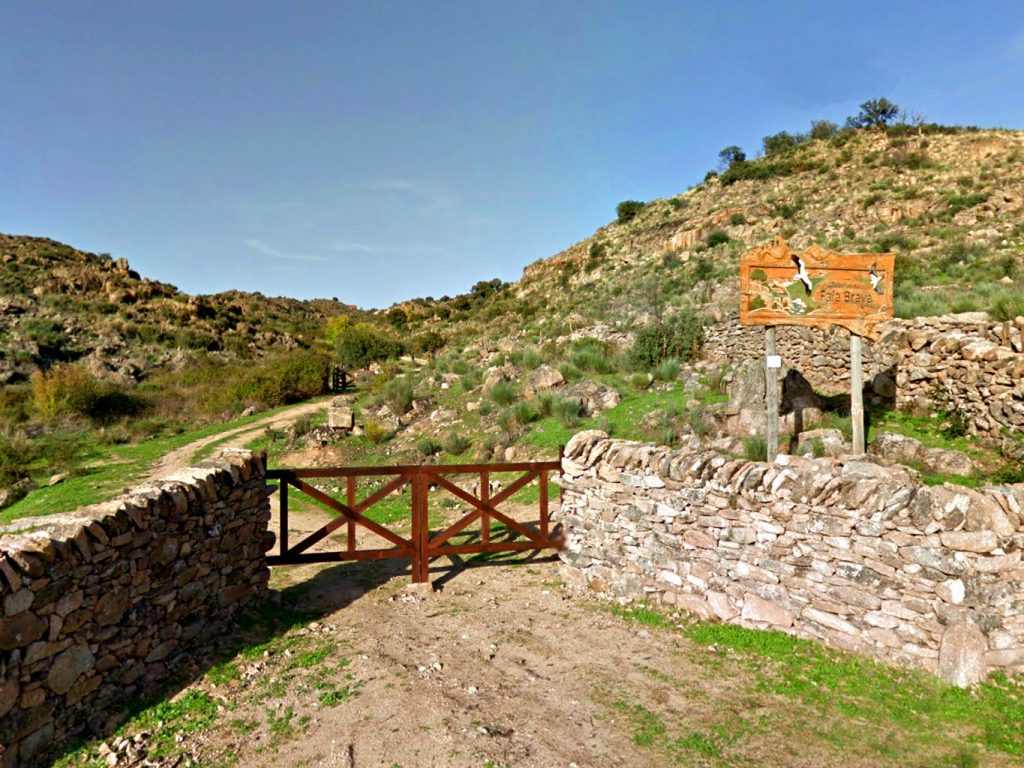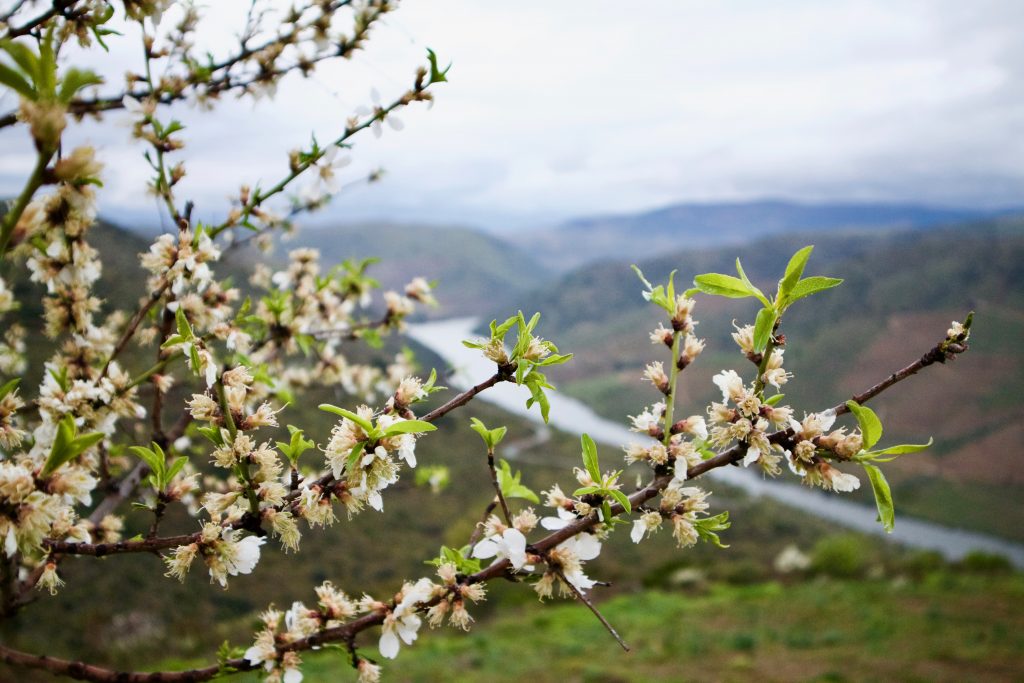A fascinating journey into the Stone Age
The Coa Valley is located in the northeast of Portugal near the proverbial Tras-os-Montes and reaches up to the imposing Douro Valley. The Spanish border is very close by, which is manifested by countless fortresses and ruins in this area. Apart from these, the area would probably be so exciting only because of its overwhelming seclusion, if you would not have discovered many remarkable and very old stone engravings here just before the flooding of the Coa Valley in the 1980s. The FAZ reported extensively on this Portuguese Unesco World Heritage Site in its article “Hidden Picture from the Stone Age” in August 2018.
Your eyes follow a blade of grass that quietly strikes through an ancient rock carving: one ear, horns, and a line that gently curves down into a back, whirls along a small tail and quickly forms two legs before returning to the head of the Capricorn.
When we are picked up by Marco with his Jeep in the early afternoon, we still have no idea of what awaits us at the end of a small bumpy drive along steep slopes. He doctorates a little on the glorious white and pink almond blossoms (it’s March) and the little round pigeon turtles visible everywhere. The pigeons formerly drawn in it were used for the rural population to be a food supplement, but above all the pigeon droppings were used as excellent fertilizer in the olive groves, vineyards and almond plantations.

Another curve and then the part of the Coa Valley that is called Penascosa opens in front of us. At first glance you understand why people chose this place at that time, because the rock slabs stand like easels on the hillside and on it there are many drawings of aurochs, deer, horses, chamois, ibex and a single fish.

Marco shows us the outlines of different animals with his improvised Paleolithic Zeigestock, a blade of grass, and instantly takes us on a journey into a distant time. Except for our youngest, we are all thrilled and can hardly see ourselves full of the ancient works of art.

Every now and then I find the opportunity to perceive the magnificent nature of this little paradise and in the lofty coa river I promptly see an otter. Birds chirp in many voices, high above the valley you can see a vulture sliding there every now and then. We don’t want to get away from this magical place anymore. Later our neighbour in Lisbon confirms to us what has already been recommended here many times: A nightly tour to the Ritz drawings, because with the positionability of artificial light you can beautifully illuminate the magical images of the Stone Age. For bigger children, this is certainly an even more exciting variant of time travel.

The very modern museum near the mouth of the Coa River offers many details about the rite drawings of the surrounding area, including the popular protest, which eventually led to the reservoir project being abandoned after all. You can borrow audio guides. Here and there there is also a little for children to fathom. In the beautiful restaurant overlooking the nearby Douro Valley we dine divinely. There are even a few vegetarian delicacies. The daughters take the opportunity and draw animals on paper that are strongly reminiscent of the rite drawings seen.

Before Marco gave us a passionate point of all, we understood it ourselves: The Coa Valley has much more to offer than the Stone Age Picture Gallery. A tiny remote road took us through a nature I previously only knew from major American national parks. In front of a gate to the Faia Brava we stopped and looked around enthusiastically. Here you can observe wild horses and cattle, hundreds of bird species, including griffon vultures and dirt vultures, golden eagles and hawk eagles, as well as Uhus and black storks. Since 2015, this nature reserve has been offering a special tourist attraction, the Faia Brava Starcamp, three tent huts, in the best glamping style, where you can stay in the middle of the wilderness quite comfortably yet very close to nature.

Tours:
Various providers, e.g.: Ambieduca
The museum also arranges tours with these vendors.
Museum:
Museu da Fundação do Côa
Rua do Museu, 5150-620 Vila Nova de Foz Côa, Portugal
Arte-coa.pt
October to February: 9:00 – 17:30
March to May: 9:30 – 18:00
June to September: 9:30 – 19:00
Phone: + 351 279 768 260
Location: 41.0799989,-7,1139776
Restaurant:
Website: arte-coa.pt/en/restaurante/
(Reserve in time, because at lunchtime it is often very crowded here and you can wait a long time for a free table.)
Faia Brava Nature Reserve:
Website: www.atnatureza.org
Faia Brava Starcamp:
Website: www.starcamp-portugal.com
Directions:
By car easy, by bus and train a bit more complicated (See notes on the museum’s website!)
Observable Animals (Faia Brava):
Wild Garranos horses, Maronesas cows, otters, hundreds of bird species (e.g. griffon vultures, dirt vultures, golden eagles, hawk eagles, Uhus and black storks)
Away:
The individual places where the rite drawings can be seen are very different in terms of accessibility. For small children and also with strollers completely easily possible is probably only Penascosa.


